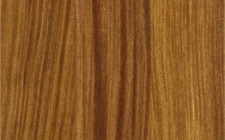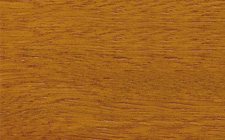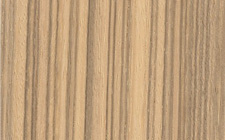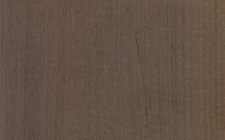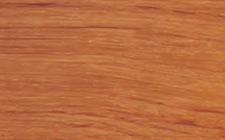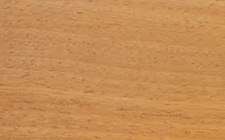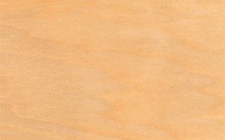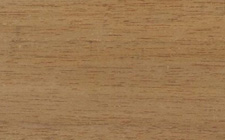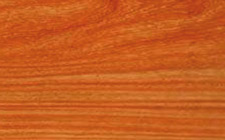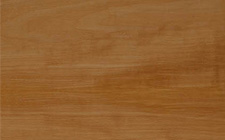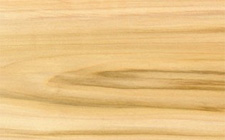Pine (Black )
Botanical name
Pinus nigra
Origin
Europa
Other names
Seekiefer, Pin Maritime, Pinhiero Bravo, Pino Maritimo, Pino Marittimo, Maritime Pine

Notes
Naturally growing west of the Mediterranean basin, MARITIME PINE is largely used in plantations (in the Landes area).
Density of tapped woods is higher (till 0,75).
European standard EN 14081-1 "Timber structures - Strength graded structural timber with rectangular cross-section" gives the scope of the requirements found in NF B 52001 and applying to timber structures for visual grading of French timbers.
WOOD DESCRIPTION
| Color: |
yellow |
| Sapwood: |
clearly demarcated |
| Texture: |
coarse |
| Grain: |
straight |
| Interlocked grain: |
absent |
| Note: |
The abundant sapwood is pale yellow. The heartwood is yellow with reddish brown veins. The resin (and turpentine) odour is strong on green woods. |
PHYSICAL, MECHANICAL AND ACOUSTIC PROPERTIES
|
(*: at 12% moisture content, with 1 MPa = 1 N/mm²)
|
||||||||||||||||||||||||||||||||||||||||
NATURAL DURABILITY AND TREATABILITY
| Funghi (according to E.N. standards): |
class 3 - moderately durable |
| Dry wood borers: |
durable - sapwood demarcated (risk limited to sapwood) |
| Termites (according to E.N. standards): |
class S - susceptible |
| Treatability (according to E.N. standards): |
class 4 - not permeable |
| Use class ensured by natural durability: |
class 3 - not in ground contact, outside |
| Species covering the use class 5: |
No |
| Note: |
This species is listed in the European standard NF EN 350-2. Use class 3 is only for wood components without sapwood. |
SAWING, MACHINING AND ASSEMBLING
| Blunting effect: |
normal |
| Sawteeth recommended: |
ordinary or alloy steel |
| Cutting tools: |
ordinary |
| Peeling: |
good |
| Slicing: |
nood |
| Nailing / screwing: |
good |
| Gluing: |
correct |
| Note: |
Difficult gluing for woods with a high percentage of resin. But drying over 70°C practically eliminates this problem. |



